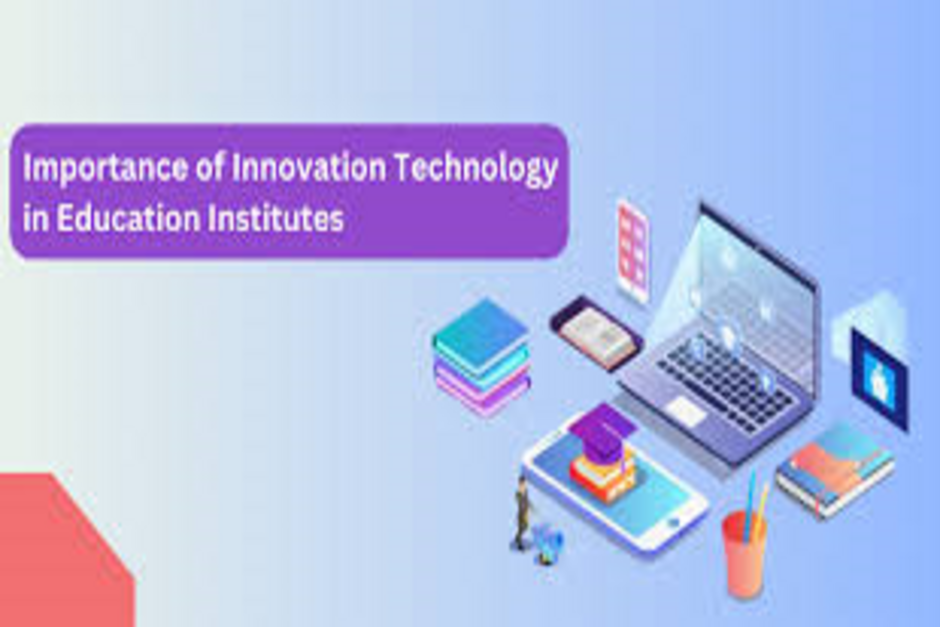In today’s rapidly evolving world, the integration of innovative technology in educational institutions has become crucial. It enhances the learning experience, makes education more accessible, and prepares students for a technology-driven future. Here are some key reasons highlighting the importance of innovative technology in education:
- Personalized Learning: Technology allows for personalized learning experiences, enabling students to learn at their own pace and in their preferred style. Adaptive learning software and educational apps can tailor content to individual needs, improving comprehension and retention.
- Enhanced Engagement: Interactive tools such as virtual reality (VR), augmented reality (AR), and gamified learning platforms make learning more engaging and enjoyable. These technologies can transform traditional lessons into immersive experiences that capture students’ attention.
- Access to Information: With the internet, students have access to a vast amount of information and resources beyond textbooks. Online libraries, educational videos, and academic journals are readily available, fostering a culture of independent research and continuous learning.
- Collaboration and Communication: Technology fosters collaboration among students and educators, both locally and globally. Tools like video conferencing, collaborative software, and online forums enable real-time communication and teamwork, preparing students for the globalized workforce.
- Skill Development: Proficiency in digital tools and platforms is essential in the modern workplace. By incorporating technology into the curriculum, educational institutions equip students with critical digital skills, including problem-solving, critical thinking, and digital literacy.
- Efficient Administration: Technology streamlines administrative processes, making them more efficient and cost-effective. Automated systems for attendance, grading, and record-keeping reduce the workload on educators, allowing them to focus more on teaching.
- Inclusivity: Assistive technologies empower students with disabilities by providing them with tools to overcome learning barriers. Text-to-speech software, screen readers, and other adaptive technologies ensure that education is inclusive and equitable.
- Real-world Applications: Through simulations and real-world problem-solving scenarios, students can apply theoretical knowledge in practical settings. This bridges the gap between classroom learning and real-world applications, better preparing students for future careers.
In conclusion, the integration of innovative technology in educational institutions is not just beneficial but necessary. It transforms the educational landscape, creating a more dynamic, engaging, and inclusive environment that supports the development of future-ready individuals.
